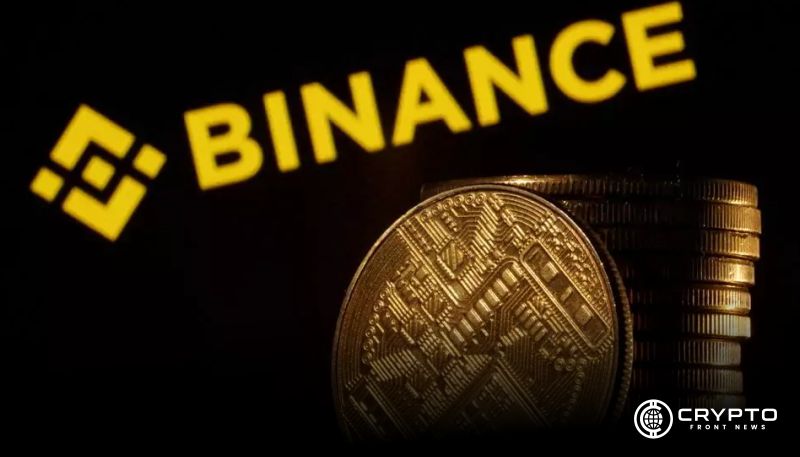- Binance seeks to reenter the US market through reduced compliance oversight and strategic political and stablecoin alliances.
- Liquidity from US fiscal easing and surging stablecoin supply is driving short-term risk appetite in the crypto asset space.
- Binance’s legal maneuvering and pro-crypto political ties signal a calculated push to reshape its American regulatory standing.
Binance executives recently met U.S. Treasury officials, seeking to ease regulatory pressure and push for a reduced compliance monitorship. The meeting signals the exchange’s interest in reentering the American market. According to the Wall Street Journal, Binance is also exploring a partnership with World Liberty Financial, a crypto project linked to Donald Trump. This project is reportedly working on launching a new dollar-pegged stablecoin, which Binance may list soon.
The developments arrive as Binance founder Changpeng Zhao (CZ) remains in the spotlight. As part of his plea deal last year, CZ agreed to cooperate with U.S. prosecutors and allegedly provide evidence related to Justin Sun.
Moreover, Binance’s strategic moves align with growing optimism around fiscal liquidity. An analysis by OKG Research reveals that the U.S. Treasury General Account (TGA) dropped from $405.786 billion to $309.989 billion as of April 8. This $95.79 billion reduction has added liquidity to the system. Consequently, markets perceive this as a form of invisible fiscal easing. It supports short-term demand for risk assets like cryptocurrencies.
Binance’s Political Gambit
The proposed partnership with World Liberty Financial may deepen Binance’s U.S. political ties. Binance CEO Richard Teng and Chief Legal Officer Eleanor Hughes requested the removal or limitation of the monitorship. This effort suggests that Binance is preparing for a broader U.S. re-entry. Meanwhile, reports claim that CZ has privately pushed for a presidential pardon. However, CZ recently responded to the WSJ claims, accusing the outlet of preparing another baseless attack.
Besides the political drama, Binance’s efforts point to a broader narrative. It aims to capitalize on regulatory shifts and emerging pro-crypto political dynamics. If successful, this could reshape its U.S. trajectory.
Stablecoin Growth Boosts On-Chain Liquidity
Additionally, the global stablecoin market continues expanding. Since early 2024, it has surged by 80.7%, now exceeding $235 billion. Stablecoins now function as monetary tools within the shadow banking system. When issued, they inject on-chain liquidity into the crypto economy.
Hence, the combined impact of U.S. fiscal easing and increased stablecoin issuance is clear. These forces amplify short-term risk appetite and may drive the next crypto asset rally. If the Federal Reserve maintains its current stance, these liquidity variables could influence future price movements.






